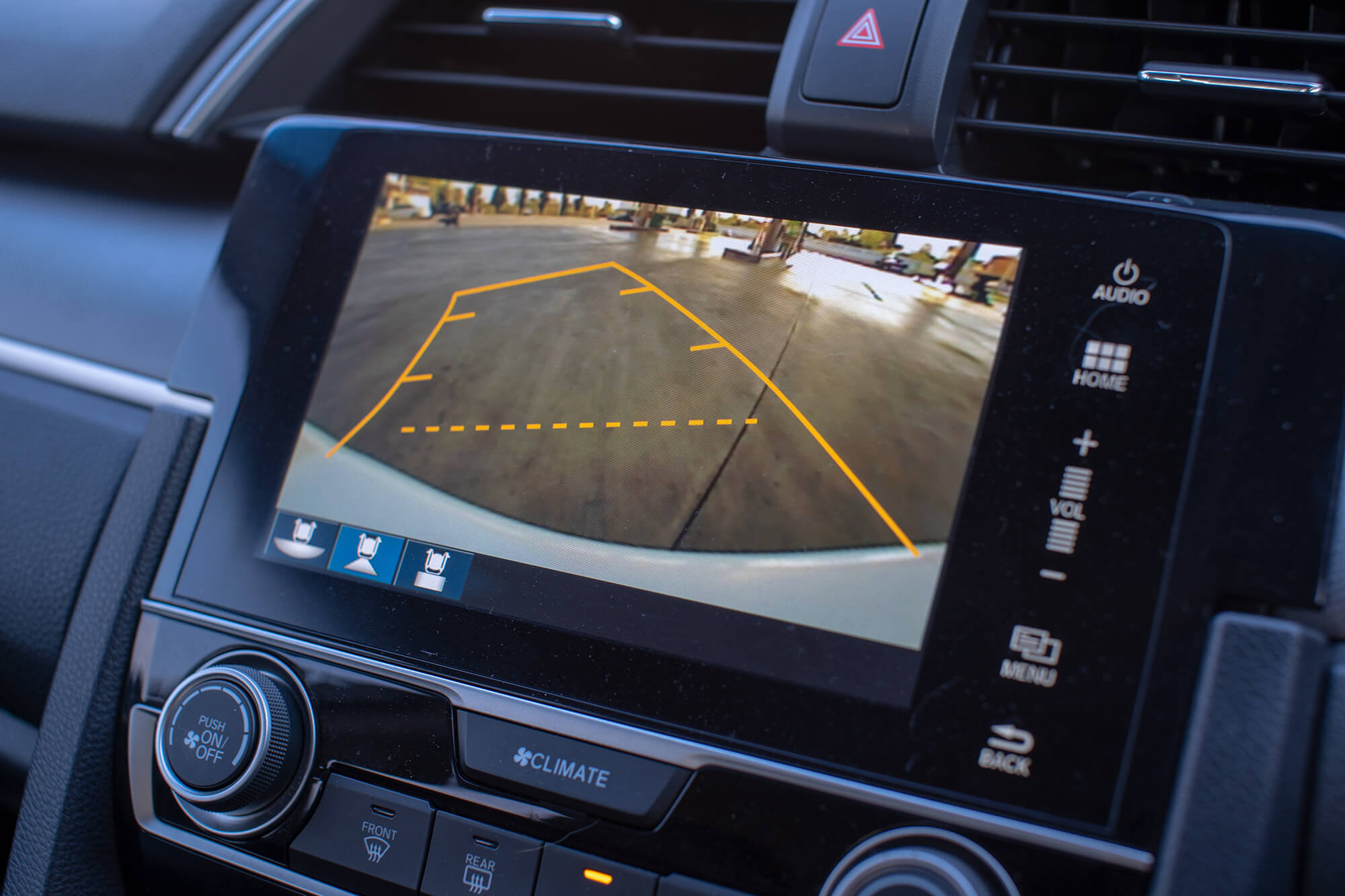Calibrating advanced driver-assistance systems (ADAS) is akin to the finely tuned gears of a precise watch. Each component, no matter how minuscule, plays an integral role in ensuring that the whole mechanism operates with impeccable accuracy. In this intricate ballet of technology, two methods of calibration emerge: static and dynamic. Understanding these modalities is paramount for those invested in automotive technology and safety.
Static Calibration: Anchoring Precision
Static calibration can be likened to an artist meticulously laying the groundwork for a painting. In this controlled process, the vehicle is often stationed in a precise environment, allowing for comprehensive assessment and adjustment of the sensors that comprise the ADAS. Picture a sculptor carving away at a block of marble, carefully chiseling out imperfections. Similarly, static calibration serves to rectify alignment and functionality with meticulous precision.
During the static calibration process, the vehicle is positioned on a level surface with the use of specialized equipment such as alignment tools and targets. These instruments aid in evaluating the sensor’s alignment and operational readiness. The absence of external variables allows technicians to make minute adjustments that will ensure the sensors are accurately trained on their points of focus, such as lane markings or crosswalks.
Static calibration is especially critical in scenarios where the vehicle has undergone significant repairs or sensor replacements. The procedures are often guided by manufacturer specifications, which provide an indispensable framework for calibration protocols. The benefits of this meticulous approach typically include heightened accuracy in sensor activation, improved system reliability, and ultimately, reduced risk of accidents related to sensor malfunction.
Dynamic Calibration: Navigating the Real World
On the flipside of the calibration continuum lies dynamic calibration, an approach that seeks to mirror the unpredictable nature of the world around us. Imagine a dancer performing a routine in a crowded space, responding to myriad stimuli while maintaining grace and precision. This encapsulates the essence of dynamic calibration: a process whereby the vehicle is tested under real-world driving conditions to ensure that its systems function seamlessly amidst the chaos of every day.
Dynamic calibration often necessitates the vehicle to navigate multiple environments—urban streets, freeways, and rural roads—allowing sensors to gather data from a plethora of real-time situations. The vehicle is subjected to movements that simulate actual driving behaviors, assessing how sensors respond to a variety of conditions, such as varying light levels and weather conditions. This transformative calibration process is essential in accommodating the variability of digital signals which communicate necessary adjustments to the ADAS in real-time.
Furthermore, dynamic calibration is critical post-deployment of the vehicle, as it allows systems to self-correct and adapt to changes in their operational environment. Just as a sailor must adjust their sails to the whims of the wind, vehicles equipped with ADAS must learn to adapt to complex and dynamic driving contexts. The performance enhancements gained through dynamic calibration can result in more reliable lane-keeping assistance, adaptive cruise control, and emergency braking functionalities. These are not mere luxuries; they are essential safety features that bolster the vehicle’s ability to respond to the myriad uncertainties of driving.
Comparative Analysis: The Synergy of Static and Dynamic
At their core, static and dynamic calibrations serve distinct yet complementary functions within the ecosystem of automotive safety. Static calibration establishes a baseline, a foundational framework upon which the technologies can operate. It formulates the principles by which sensors interpret their environment. In contrast, dynamic calibration provides the resilience necessary to navigate the unpredictability of real-world driving, ensuring that the systems can withstand the ebbs and flows of daily commutes.
This duality of purpose mirrors the scientific concept of wave-particle duality in physics, where entities such as light and electrons exhibit both particle-like and wave-like properties, depending on their context. Just as both static and dynamic calibrations are indispensable to the holistic formation of a reliable ADAS, the duality in light signifies the need for multiple perspectives to fully understand an entity’s behavior.
Conclusion: A Harmonious Collaboration
The landscape of automotive technology is continually evolving, pushing the boundaries of safety and performance. Embracing both static and dynamic calibration is not merely a practical necessity; it represents an overarching commitment to the future of transportation. These calibration modalities, when executed in unison, yield a robust framework that enhances both the reliability and accuracy of automotive safety technologies. The tangible benefits—reduced accidents, increased driver confidence, and smoother vehicular operation—become the undeniable evidence of this meticulous calibration process.
As we stand at the precipice of a new era in vehicular technology, the harmonious collaboration of static and dynamic calibration becomes an essential metaphor for the complexities of life itself—a constantly adapting dance of precision, adaptation, and safety in an ever-changing world.










